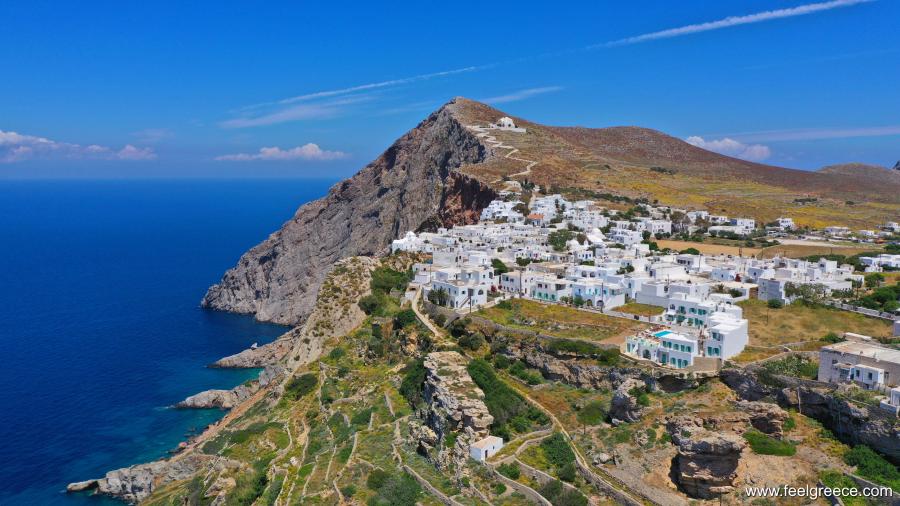
Any photo of the Cyclades looks like a carefully taken shot for the perfect postcard. Whitewashed houses, cobbled alleys and purple flowers. Tiny chapels with amazing sea views and idyllic sunsets. No wonder why the Cyclades are the most popular islands of Greece and sure enough you can recognize Mykonos and Santorini even if you have never been there. Commercial or not, we must admit that these islands have special magical atmosphere which makes them unique.
This article will give you the essentials about the Cyclades group, along with answers to the most common concerns travelers have.
Which are the islands of the Cyclades?
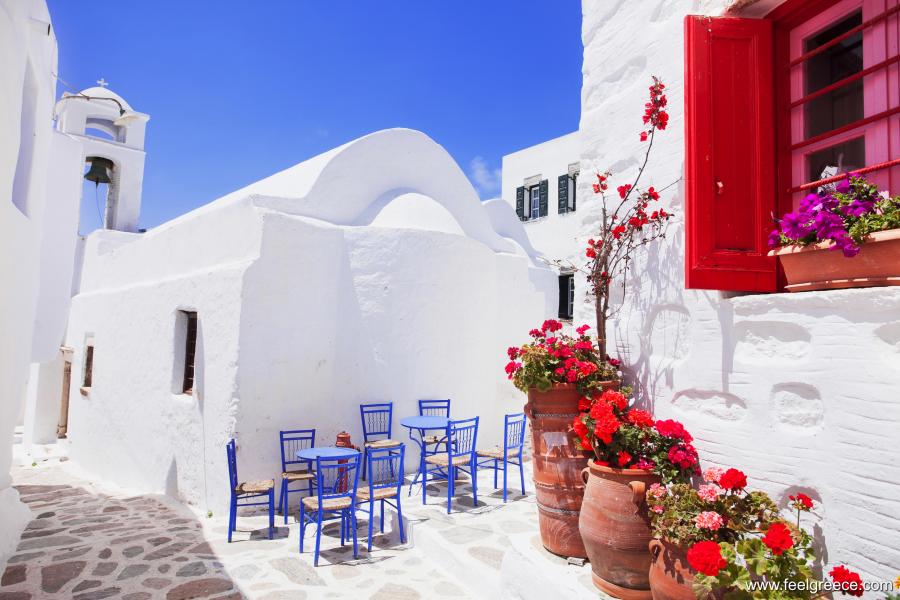
There are 220 islands in the Cycladic group but only 24 of them are inhabited. In alphabetical order these are: Amorgos, Anafi, Andros, Antiparos, Donoussa, Folegandros, Ios, Iraklia, Kea, Kimolos, Koufonisia, Kythnos, Milos, Mykonos, Naxos, Paros, Santorini, Schinoussa, Serifos, Sifnos, Sikinos, Syros, Thirasia and Tinos.
The most popular are Santorini and Mykonos in the lead, followed by Paros and Naxos. The least popular Anafi and Sikinos may be considered off the beaten path because they are remote, small and not daily connected to the others.
The islets of Koufonissia, Irakleia, Donoussa and Schinousa are known as the Lesser Cyclades. They are a group of small but inhabited islands between Naxos and Amorgos, with frequent visitors for a day in the summer.
How to reach the Cyclades?
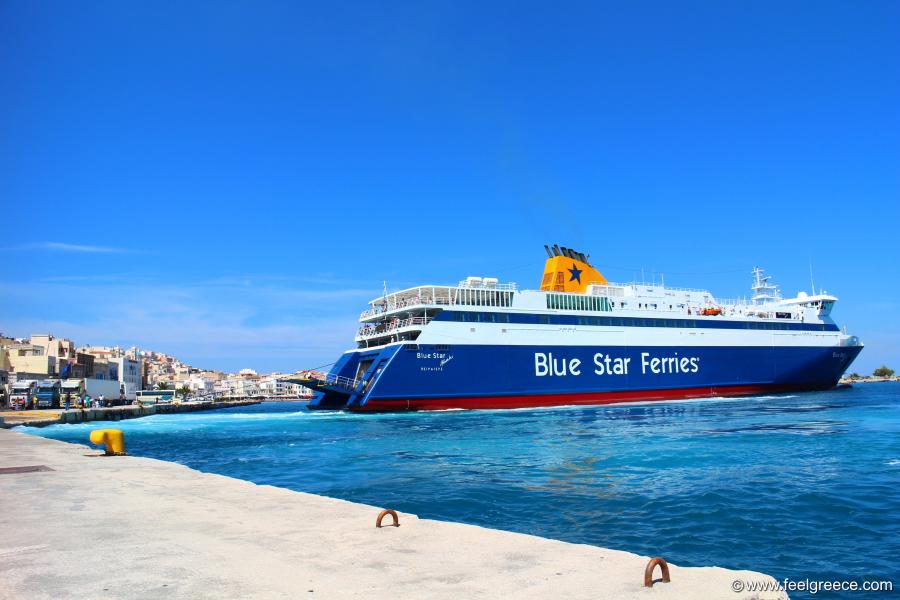
There are regular ferry connections from the ports of Piraues and Rafina to the islands of the group, except for Kea and Kythnos which are accessible from the port of Lavrio.
Islands with international airports are Santorini and Mykonos. The islands of Syros, Naxos, Paros and Milos have national airports.
When is the best time to visit the Cyclades?
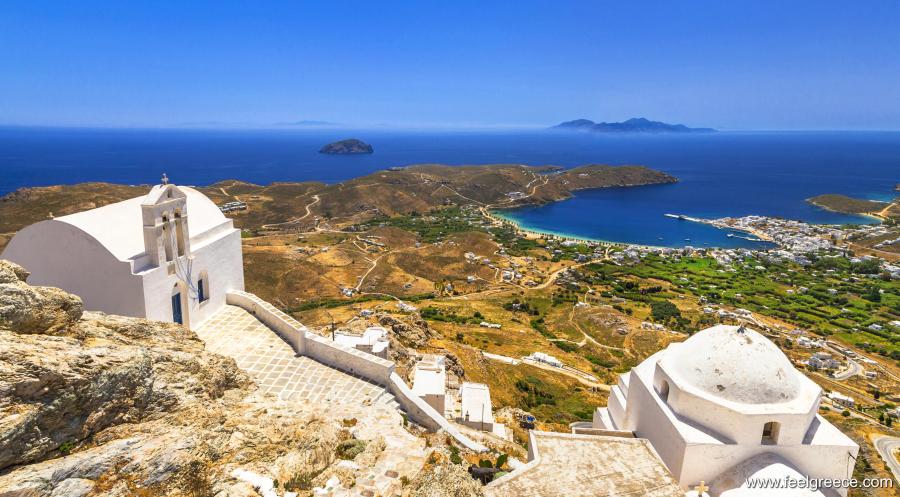
Most holidaymakers visit the Cyclades from June to September, when all hotels, beach bars and restaurants work, and the sea is warm enough. The best time however, is from middle June to middle July and in the beginning of September. Avoid going in August - apart from the heat, in this period the Cyclades are flooded with tourists and prices reach their peaks.
April, May and October are suitable for peaceful vacations, hiking and sightseeing but the beach resorts may be partially or completely closed. In this period accommodation prices are much affordable, though the selection of hotels is limited.
Which are the best beaches of the Cyclades?
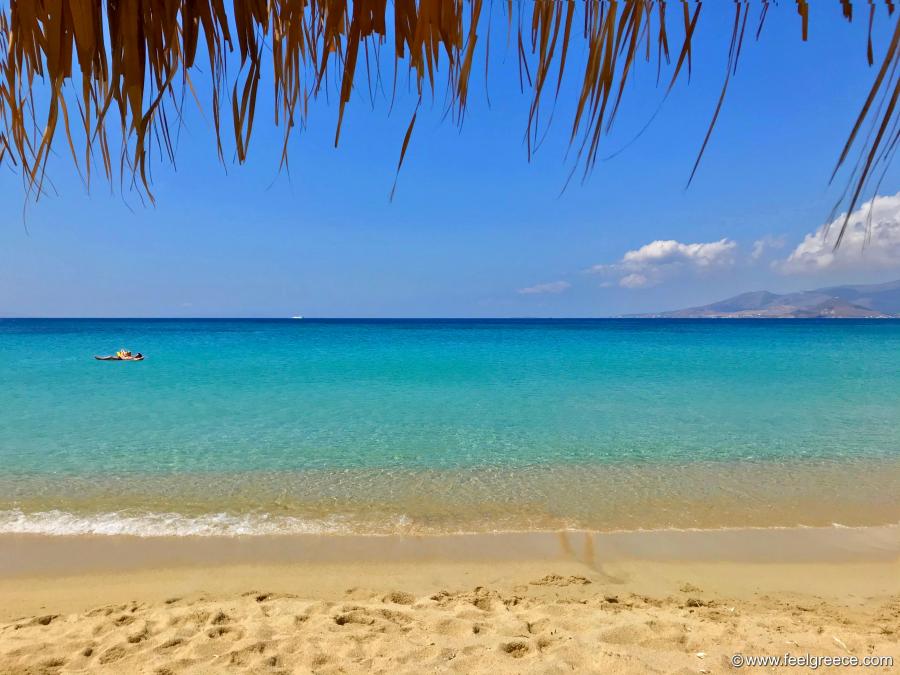
With over 400 beaches to choose from, you can find a nice one on every island of the group, depending on what you are looking for.
Mykonos, Naxos and Paros have the greatest selection of sandy beaches, Koufonissia strikes with Carribean-like sea, and in Santorini and Milos you can see the most colorful beaches of Greece. Some smaller islands boast of great beaches which deserve top ranking - such are, for example, Manganari beach on Ios and Psili Ammos beach on Serifos.
Which are the most expensive islands of the Cyclades?
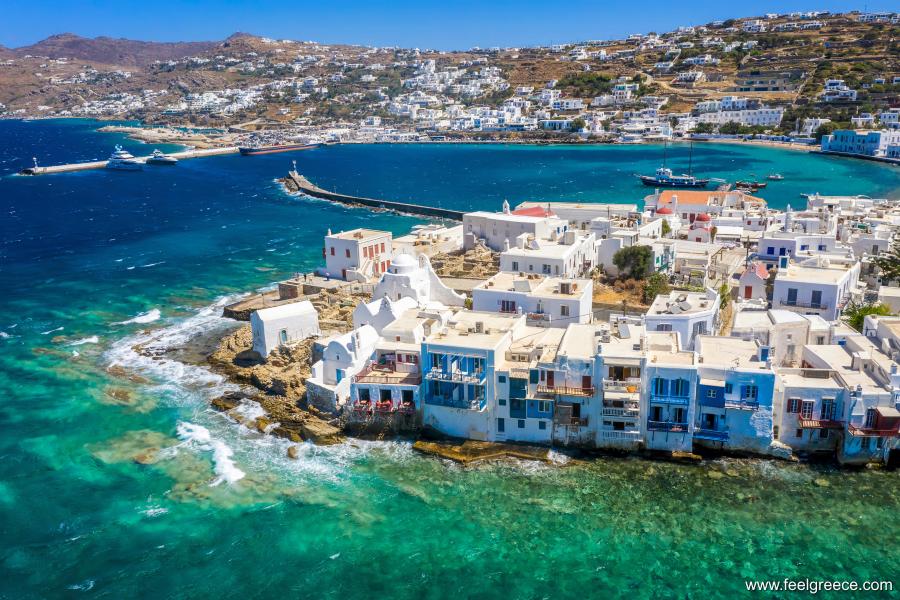
The Cyclades are not a cheap destination in general. Of course, you can go on a budget anywhere if you choose unpretentious accommodation and live on street food but be prepared that some islands can offer better experience at lower price and vice versa.
Mykonos is the most expensive due to the great concentration of luxury 4-5 star hotels, stylish villas, posh restaurants, and its fame among celebrities. Beach facilities on this island also cost more than the average for Greece, as they start from 15-20 EUR for a set of two sunbeds and umbrella and reach 150+ depending on the beach and season. There is no significantly cheaper place on Mykonos, in contrast to Santorini where along with the pricy hotels on the caldera you can find budget accommodation on the east coast.
Larger islands like Naxos, Paros and Milos have a big range in accommodation prices, with many good hotels at decent prices. Compact and under the radar islands offer moderate to expensive accommodation, as the smaller they are, the less choice you have.
Prices in tavernas are generally similar everywhere, excluding Mykonos and Santorini caldera.
What to eat in the Cyclades?
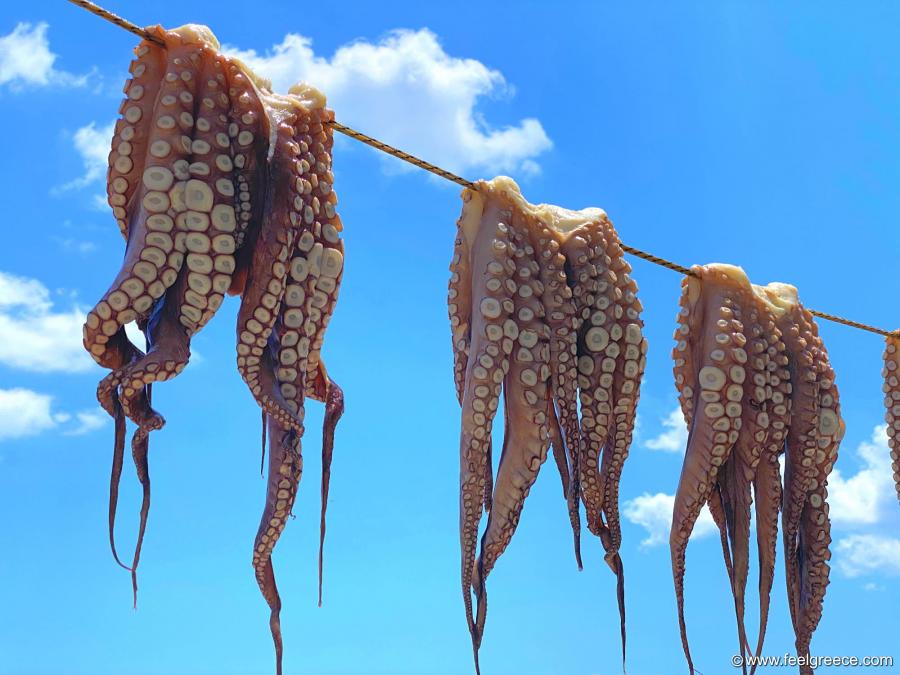
The cuisine of the Cyclades is a mixture of Mediterranean and traditional Greek. Along with common Greek meals, fresh fish and seafood, there are specific dishes prepared mainly with locally produced ingredients. The pride of each island is its cheese, offered at the tavernas as a starter or as alternative to feta cheese in the Greek salad. Sifnos, Naxos, Milos and Tinos are considered the best places for foodies, with own specialties and long traditions in cooking.
Some interesting recipes to try in the Cyclades include karpouzopita (watermelon pie from Milos), kalogeros (aubergine and meal dish from Naxos), revithokeftedes (chickpea balls from Sifnos), ladenia (flat bread with tomatoes from Kimolos), tsigaropita (meat pie from Kea) etc.
How to travel between the islands of the Cyclades?
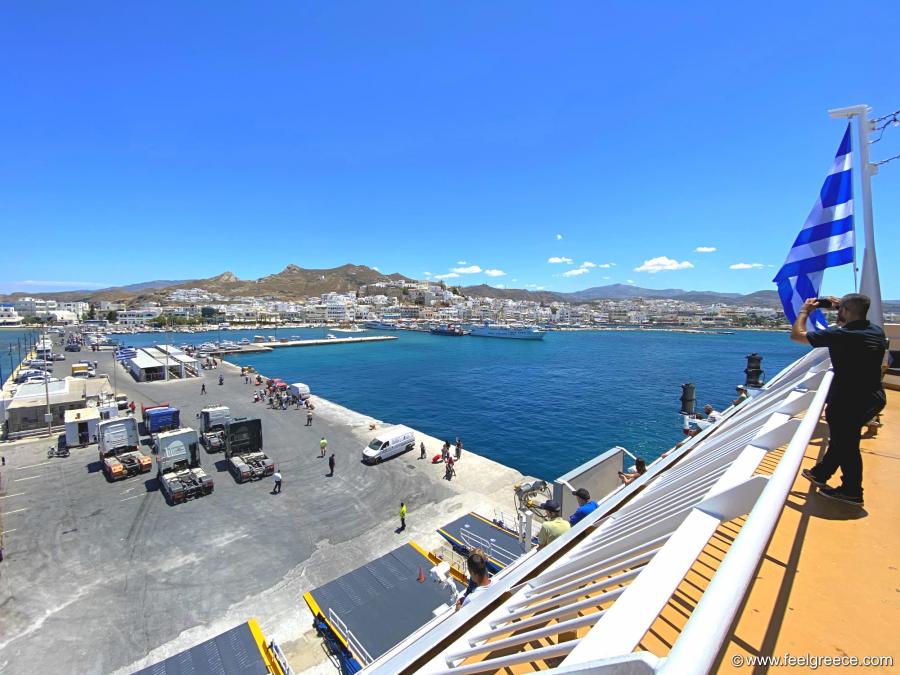
Traveling between the group is easy, with regular speed boats and conventional ferries for cars and passengers. These frequent connections can be also used for daily island hopping, especially between neighbors. However, not all islands are directly connected between each other, so this needs to be checked in advance.
One-day boat trips are also very popular around the Cyclades. Each island offers boats to rent or organized cruises which can take you to a neighbor island, or tour around a few islets.
Quick facts and tips about the Cyclades
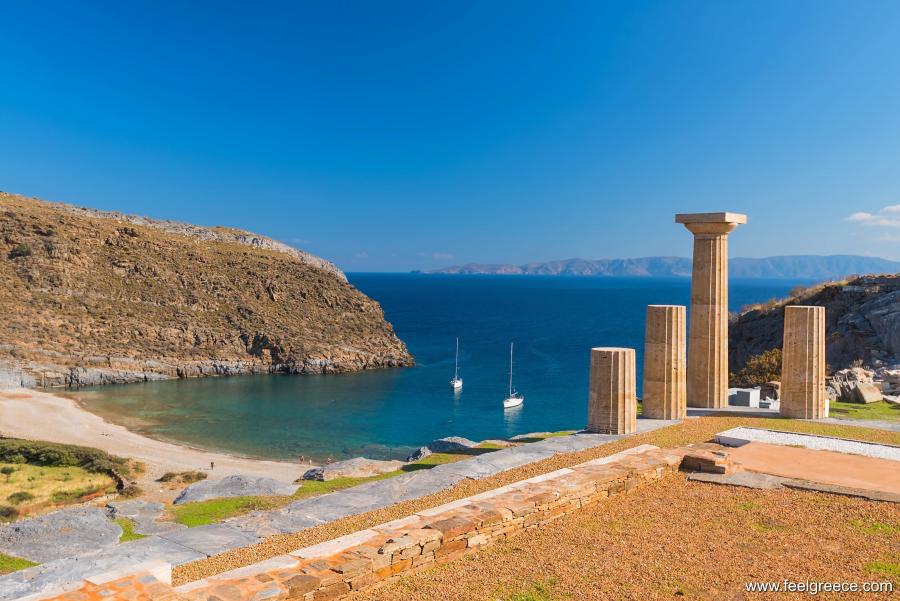
* The name Cyclades comes from the Greek word for circle (kyklos) because they form a circle around the sacred island of Delos.
* You will come across the word Chora on each of the Cyclades. Literally meaning village, it is used to denote the principal village of an island, no matter big or small. For example, Chora of Amorgos means the principal and largest village of Amorgos.
* In the summer the Cyclades are exposed to the north meltemi wind which varies from light to strong breeze. Usually, it feels pleasant in the heat but in some days its strength may chase you away from the beach. If this happens, check the wind direction and find a wind-sheltered beach.
* The architecture of Andros, Kea and Syros differs from the rest islands of the group - along with the white cubical houses, they have tile roof buildings in different colors.
* Naxos is the largest island in size (approx. 19 000 residents) but it is not the most populous.
* The most populous island is Syros (with over 21 000 residents) and the least populous is Iraklia (141 residents).
* The capital of the Cyclades group is the island of Syros, notwithstanding that it is smaller in size than many of the rest.
* Two of the inhabited islands - Santorini and Milos - are dormant volcanoes.
* The most famous historical sight of the Cyclades is Delos - a small uninhabited islet close to Mykonos accessible by boat only. Ancient sites can be found on each island of the group, but if you are interested in history, Naxos has the largest selection of places to visit - Venetian towers, castles and ancient temples.
* You can pay by card almost everywhere - even in gift shops - but keep in mind that there are still family-run tavernas, hotels and shops where only cash is accepted.
* Tap water is not potable on most of the Cyclades. Some islands have water springs (like Naxos and Paros) and drinking water from the tap is considered safe but we advise you to buy bottled water during your holiday.